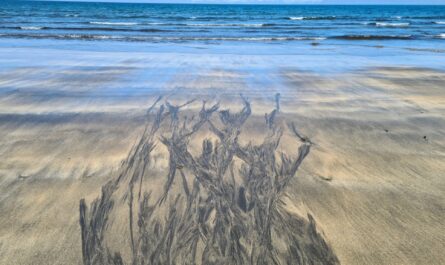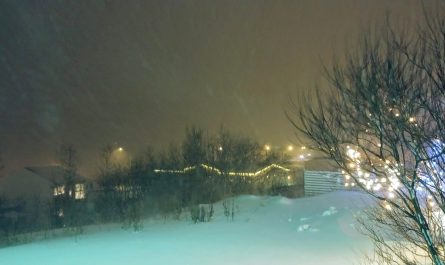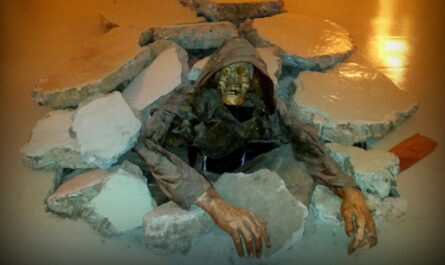During your time in Iceland, you might be able to see a volcano erupt, but this is not a guarantee. The Mid-Atlantic Ridge is a divergent tectonic plate barrier, which means that it separates two plates that are moving in opposite directions. Iceland is situated on this boundary. Because of this, the country has a very active volcanic landscape, with a large number of both currently active and potentially active volcanoes. However, volcanic eruptions do not take place on a daily basis, and the frequency and intensity of these events are mostly determined by the particular volcano that is active at the time.
There are a few volcanoes in Iceland that are currently active and have erupted in recent years, such as Eyjafjallajökull, Grímsvötn, and Fagradalsfjall. Some of these eruptions caused significant changes to the surrounding landscape. Iceland’s volcanoes can sometimes erupt with a lot of force, sending up clouds of ash and lava flows. Other eruptions, on the other hand, such as the recent eruptions in Fagradalsfjall, are less explosive.
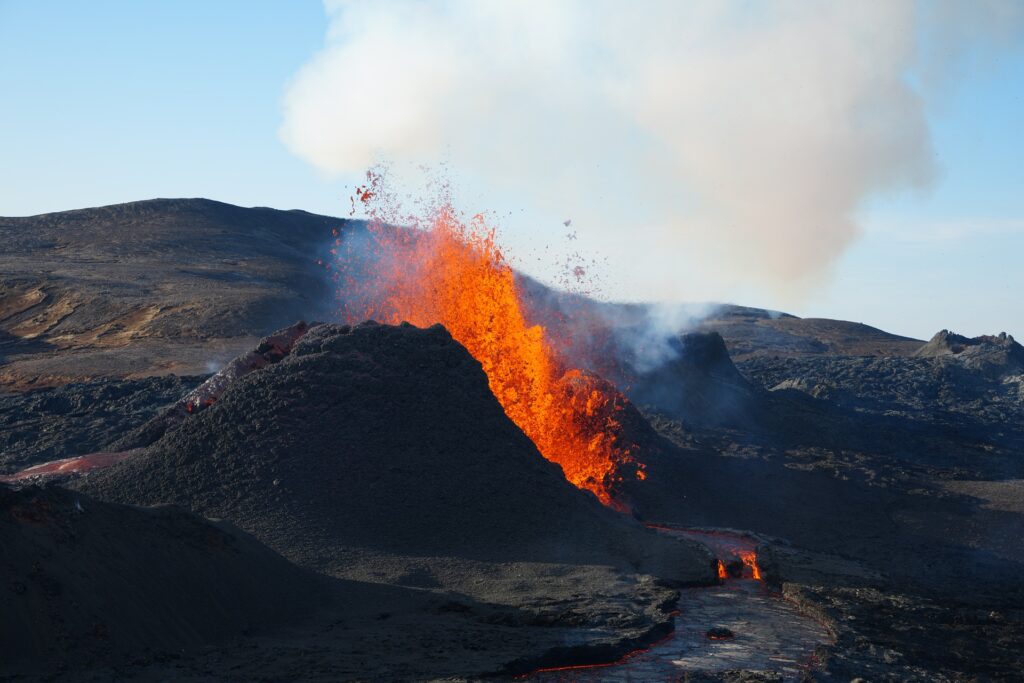
The Icelandic Meteorological Office (IMO) has a website where people can find out more about how the volcanoes are doing now and what kind of dangers they may pose. On this website, you can also learn about the volcanoes in Iceland.
Even if you don’t see an eruption while you’re in Iceland, you can still see and experience the country’s volcanic landscapes and geology, like the geysers. It is crucial to keep in mind that Iceland is a very active volcanic island.
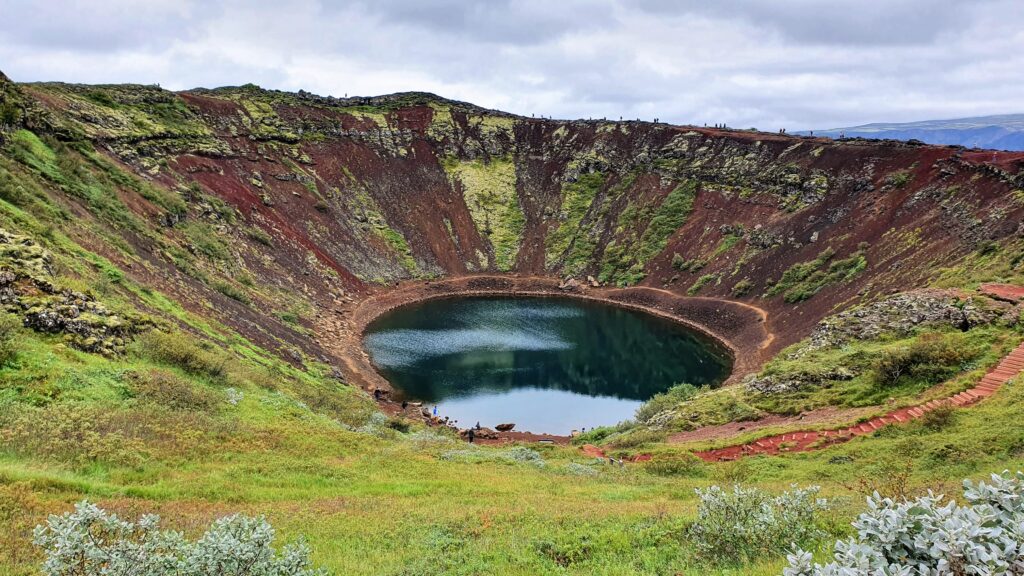
Because there is a lot of geothermal activity in Iceland, there are a lot of geysers in close proximity to each other. The geyser known as Strokkur may be found in the Geysir geothermal area in the southwestern region of Iceland. It is widely considered to be one of the most active and well-known geysers in Iceland. Every four to eight minutes, it will erupt, sending a column of water and steam as high as 30 meters (98 feet) into the air.
In the Geysir area, there are also a number of smaller geysers besides Strokkur and the Great Geysir. The Great Geysir is the geyser from which all other geysers get their names. On the other hand, it is not nearly as active as Strokkur and only erupts on a sporadic basis.
Iceland has geysers and hot springs in other parts of the country, not just in the Geysir area. Some examples are the geysers that can be found in the Reykjadalur valley and the geysers that can be found in the Hveragerði region.
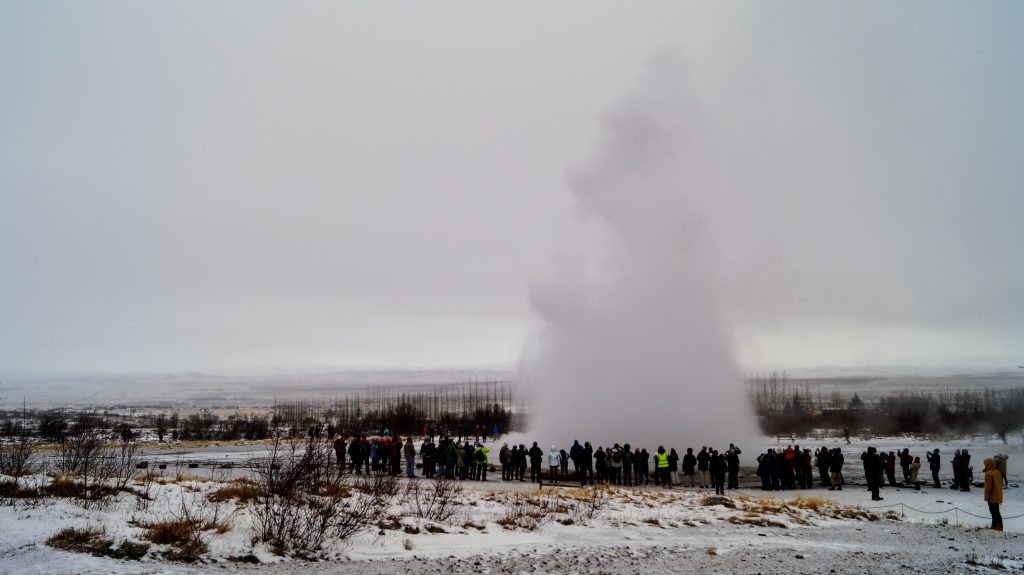
Geysers are usually in protected areas, so people are asked to stay on the designated paths, pay attention to the signs and rules, and not throw anything into the geysers. It is vital to keep in mind that these geysers are in protected areas.
If you go to Iceland, regardless of whether or not there is an eruption, you will have the opportunity to experience the strength and beauty of the earth as it is being formed.
